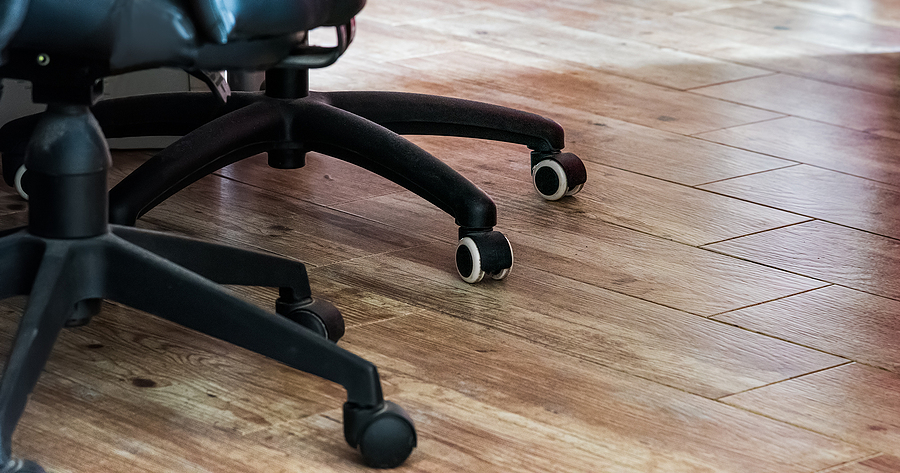I did my first start-up, Waveset Technologies, in 2000—the heady days just before the dot-com bubble burst. Back then, the Herman Miller Aeron chair was the hot item in offices. It cost well upward of $1,000, and every Silicon Valley start-up decided it had to have one—for every employee. But the Aeron was not for us.
The Aeron chair became symbolic of an ethos where start-ups seemed more interested in having prime office space and tricked-out offices than in discerning between viable business ideas and cockamamie get-rich-quick schemes. At Waveset, and later at what would become SailPoint, my co-founders and I established the practice of sharing an office for as long as we could. We wanted to show our team that we were focused on doing the mission-critical things needed to build the business, rather than wasting energy worrying about who had the biggest office or the coolest chair. As a leader, it’s important you set priorities for yourself and for your business that really “move the needle”.
Every day, leaders do high priority things like defining strategy, ensuring the right people are in the right seats on the bus (to quote Jim Collins), and making sure the whole team is aligned through regular, effective communication. As leaders, however, we fall short when we don’t do the mission-critical things only we can do because we’re still spending time on things we like to do, things we used to do, or things we can do instead. We tend to do these sorts of things when we have one or more of the following: the time, the inclination, or a lack of trust. Let me take a moment to show you how these three may be preventing you from doing the valuable work of a leader.
If, as the leader of your organization, you think you have the time to do anything other than the things that your position alone requires you to do, let me tell you: you don’t. If you have the inclination to do something you used to do, your role as a leader demands you resist doing it, even if you’re dissatisfied with how that thing is now being done. And if you lack trust that someone you’ve hired to take direction from you and produce a given result can or will do so, as much as I hate to say it, you’re probably not a leader—because leadership is about trusting people and the process.
As a leader, the worst thing you can do to quash your people’s innovative drive is to stay attached to these unimportant tasks. It’s not about holding on to control; it’s about letting it go. To be a true leader, you must learn to let go of doing things yourself and develop the trust that other people can be coached to get it right. The best leaders understand and accept this and consistently resist the temptation to do anything other than what they need to do by developing trust in their subordinates and by giving them space to make mistakes—and ultimately, to figure things out. In delegating these tasks to your people, you give them the opportunity to grow and, in turn, empower your workforce.
“Wait,” you may be thinking, “does that mean you never do anything you like to do or that you can do?” Not at all. It just means knowing the difference between being effective as a leader and—to put it bluntly—wasting your time. That said, not all noncritical tasks are time wasters and in fact some of the mission critical things you must do might seem menial on first glance. But, as a leader, you have a responsibility to take up the challenges that only you, by virtue of your position, must do. That includes doing these comparatively menial things because it reminds those we lead that we actually live a servant-leader model, not just talk about it.
And let’s be honest, I can’t seriously expect people to be servant-leaders if I don’t walk the walk myself. I can’t say, “Hey, none of us is too good to do stuff,” then use my position to duck out on doing that important stuff on my to-do list. Trust me, the list of things leaders must do is always long, but these things are, without a doubt, vital. As a leader, you can’t get so distracted by the comfy new chair that you forget to get up and do the work you need to do. And if it isn’t something only you can do, take a seat and give someone else a chance to shine.
This article is a part of my ongoing blog series on how to lead and build organizations that create true value for business, people and the world. If you’d like to know more about my approach to leadership, pick up my book Joy and Success at Work where you’ll find more tips on delegating, prioritizing, and servant leadership. You can find it here. I hope it helps you as you grow as a leader and take on newer and bigger challenges.
